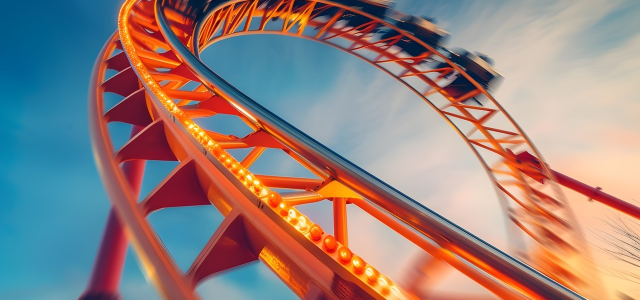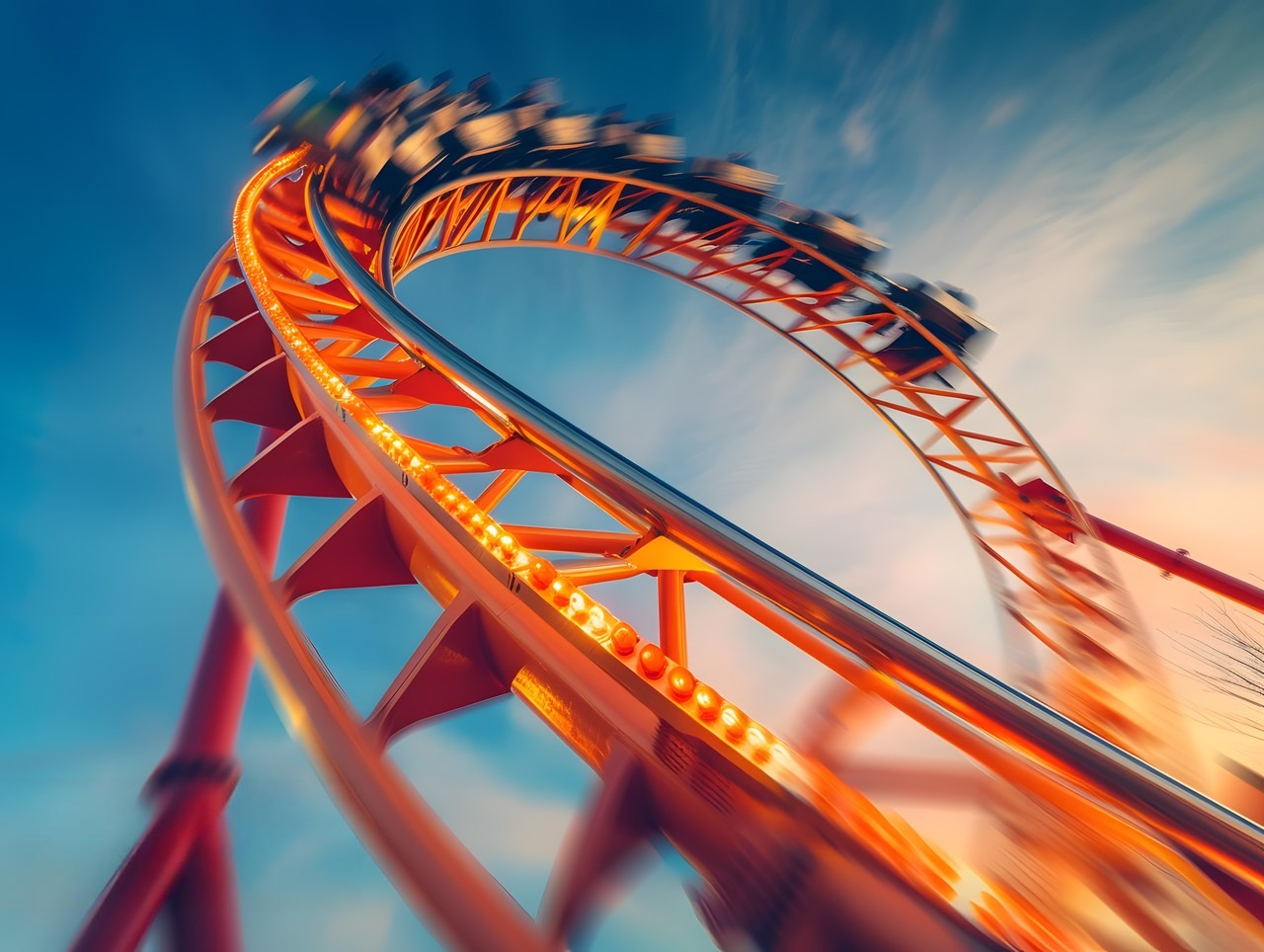When purchasing large amusement park attractions like roller coasters, timing and delivery logistics are as critical as the product itself. Whether you’re ordering your first major thrill ride or expanding your ride offerings with a new Ferris wheel or drop tower ride, understanding the behind-the-scenes mechanics of delivery and installation can make or break your project schedule.
This article offers a comprehensive look at the logistical factors that come into play when selecting and installing a roller coaster ride (американские горки) online. Proper planning in this phase ensures a smooth and cost-effective process from factory to final operation.
Timing Your Order to Match Your Park’s Schedule
Every amusement park operates on a calendar—seasonal openings, holidays, festivals, and school breaks are peak periods. When placing an order for a roller coaster, it’s important to consider the manufacturer’s production schedule as well as shipping lead times.
Many reputable ride manufacturers offer both made-to-order and pre-manufactured rides. While custom orders allow for tailored specifications, they can take months to complete. On the other hand, in-stock rides may ship more quickly, but with less flexibility in design. If your goal is to have a new Ferris wheel (колесо обозрения) or roller coaster up and running by the summer season, you’ll want to plan your purchase several months in advance.
Understanding Shipping Options and Transportation Challenges
Transporting a large ride—especially a roller coaster or drop tower ride (аттракцион свободное падение) —involves more than just loading it into a container. These structures are shipped in multiple parts, often requiring special freight arrangements and coordination with customs if they are crossing international borders.
You should confirm whether the supplier provides door-to-door service or if you’ll need to arrange third-party transportation from a port or distribution center. Other details, such as crate dimensions, weight, and documentation requirements, should be clarified well before your ride leaves the factory. Miscommunication during this phase can result in delays and unexpected costs.
Site Preparation Before Delivery
Having a ride shipped to your park is only part of the story. Your site must be properly prepared to receive and install it. Roller coasters, Ferris wheels, and drop tower rides all require a stable foundation and compliance with local zoning and engineering standards.
- The area is cleared and leveled.
- Foundation or footings have been laid, based on the ride’s blueprints.
- Local permits or inspection documents are ready.
- Power and utilities are positioned correctly.
Working with the thrill ride (экстремальные аттракционы) manufacturer’s technical team or a third-party ride installer can streamline this process and reduce the likelihood of construction mistakes.
Installation Support and Technical Assistance
Once your roller coaster ride arrives, installation becomes the next major phase. Reputable manufacturers often offer on-site supervision or send engineers to assist with assembly. This step is essential not just for efficiency but also for safety and long-term reliability.
Verify in advance if the manufacturer includes technical support in the price or if it is billed separately. Also, check how many technicians will be provided and how long they will remain on site. For more complex installations like a multi-loop coaster or a towering Ferris wheel, a skilled team can make the difference between a 3-week or a 3-month setup.
Coordinating Staff Training and Ride Testing
After installation, your team will need thorough training. Operating a drop tower ride or high-speed coaster requires understanding safety protocols, emergency procedures, and mechanical systems.
Look for manufacturers that offer:
- Comprehensive manuals and safety documentation.
- In-person or virtual staff training sessions.
- Ongoing technical support post-installation.
Also, ensure that all equipment is subjected to rigorous testing before the grand opening. Dry runs and pilot testing help verify performance, identify minor issues, and satisfy any local regulatory requirements.
Why Efficient Logistics Impact Your Park’s Revenue
Timely delivery and professional installation don’t just protect your investment—they directly influence your revenue potential. A delayed opening can cost your business thousands of dollars in lost ticket sales, especially during high-traffic months.
Installing a new attraction like a Ferris wheel or drop tower ride on schedule helps you capitalize on peak demand and maintain a positive reputation with returning guests. Furthermore, it signals to your audience that your park is growing, which increases both visitor interest and media exposure.
Wrapping Up: Make Delivery Planning a Priority
Buying a roller coaster ride is not just about the ride specs or the price tag—it’s about the bigger picture. If delivery, setup, and testing aren’t coordinated effectively, the most thrilling ride in the world won’t deliver results.
As you plan your next big attraction—whether it’s a twist-heavy coaster, a dramatic drop tower ride, or a panoramic Ferris wheel—make logistics a core part of your purchase strategy. With smart planning, clear communication, and professional support, your new attraction will be ready to launch right on time.


